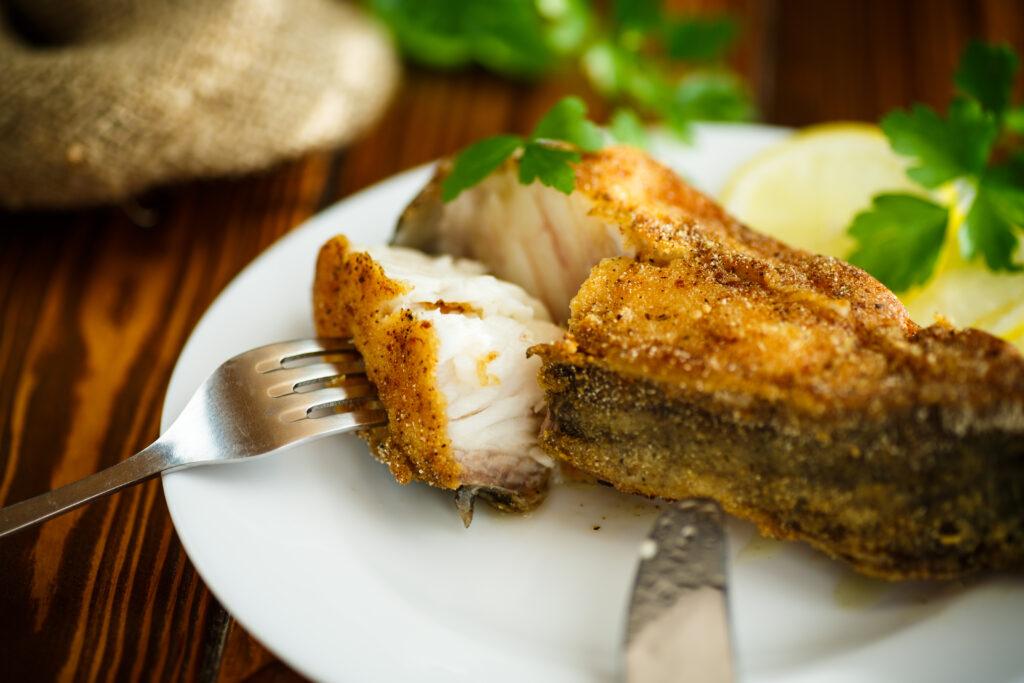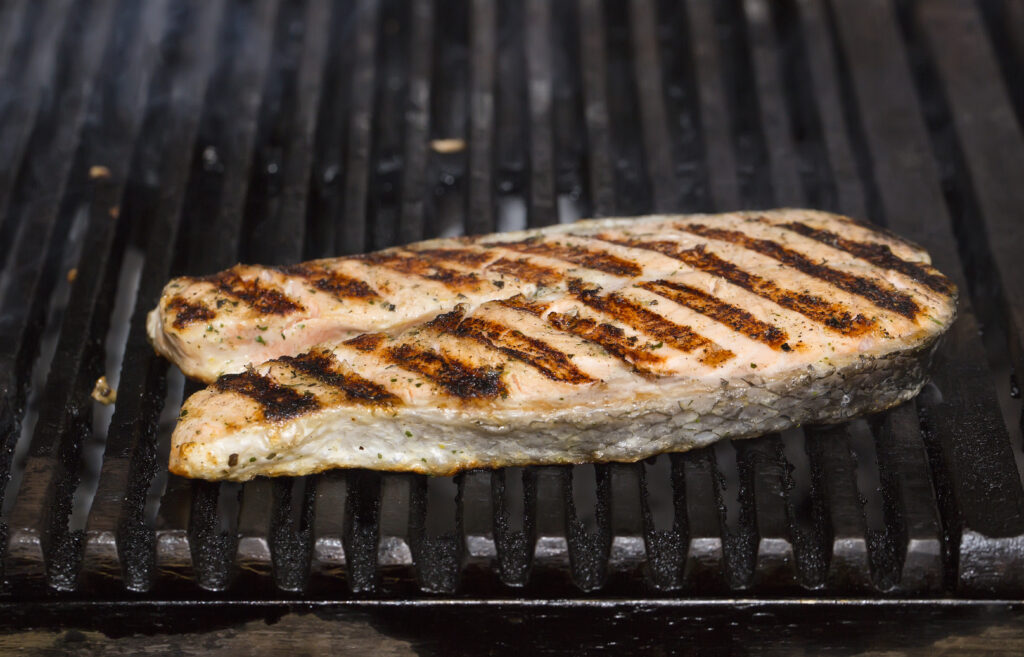After catching a catfish, the most tedious task is to prepare and process it for cooking.
If you have a live catfish, kill it, then cut through the skin around the base of its head. Remove the fins for ease of handling, then use pliers or a sharp knife to skin the catfish clean. For the last step, remove the head by cutting through the mark made before, remove it with the catfish guts, then fillet it using a sharp knife.
This article covers everything you need to know about how to process catfish, the tools you’ll need, as well as the steps to be followed to properly process the catfish.

How Do I Process Catfish After Catching It?
To process catfish, you need to abide by the following steps, given in the same order:
- Kill the catfish
- Make an incision around the head top
- Cut off dorsal and ventral fins
- Skin it clean
- Remove the head and guts
- Fillet it (dorsal and ventral cut)
- Fillet it cleanly again
- Trim off excess skin
- Freeze it
- Clean up
What Kitchen Tools Do I Need to Process Catfish?
Before you start processing your catfish, there are a few kitchen essentials you should invest in:
- Pliers
- Fillet knife
- Gloves
- Scrub/brush
How Do I Start Processing My Catfish?
If you’ve acquired a live catfish, first kill the catfish by either hitting its skull with a heavy object or by stabbing its head with a knife at a 90-degree angle.
Push the knife down into the brain cavity for a painless death, then use the same sharp knife to make an incision at the top of its head in a ring around the base to give you better grip.

Why Should I Remove the Fins and Skin Before Filleting My Catfish?
The fins on the catfish get in your way while trying to skin and fillet it, so remove the dorsal and ventral fins before skinning. The tail and smaller fins can be left as is.
An older catfish can be skinned by pliers, whereas a younger one will need to be skinned using a sharp knife, keeping the knife as close to the skin as possible, leaving more flesh on.
How to Fillet a Catfish?
Before filleting a catfish, remove its head by slicing a knife down the incision made before in a clean cut, and then make a larger incision along the belly of the fish along the belly till the tail (the incision should be shallow to avoid puncturing the gut). Take out all the unnecessary organs, and put them aside along with the head.
To fillet in a dorsal cut, hold a hand on the top of the fish and slice from the side (to the top side of the midline). Slice along or close to the backbone and continue slicing until your knife hits the vertebrae, cutting from the front to the tail.
Turn the catfish over and do a ventral cut, using your knife to slice along the tail and back along the bottom. Hold the fish’s tail while doing so, as that will help detach the fillet from the vertebrae. Flip the fish 180 degrees, and repeat the same process on the other side.
Do Catfish Have Scales? And What Makes Them So Unique? goes into why catfish don’t have scales and will help you understand their living habits to catch more in the future!
What to Do After Processing a Catfish?
After processing the fish, go back and make sure you’ve trimmed off all the skin and cut off all the flesh for use. Put the fish fillet into a zip-lock plastic bag (to reduce the spread of fish smell) and freeze it until further use. Clean the catfish thoroughly before cooking it.
After putting away your fish and disposing of the other carcass, use antibacterial soap and scrub to clean your knives, gloves, pliers, and cutting board.
Want to Catch More Catfish?
Fishermen across the world love catching catfish. We have many articles on catfish that you can skim through and review. Most are focused on improving your skills when fishing for catfish.
Final thoughts
Processing a catfish can be made easier by knowing the right steps and kitchen tools. However, you still need to be careful while slicing and cleaning it, as those are the trickier parts of processing a catfish to be cooked later.